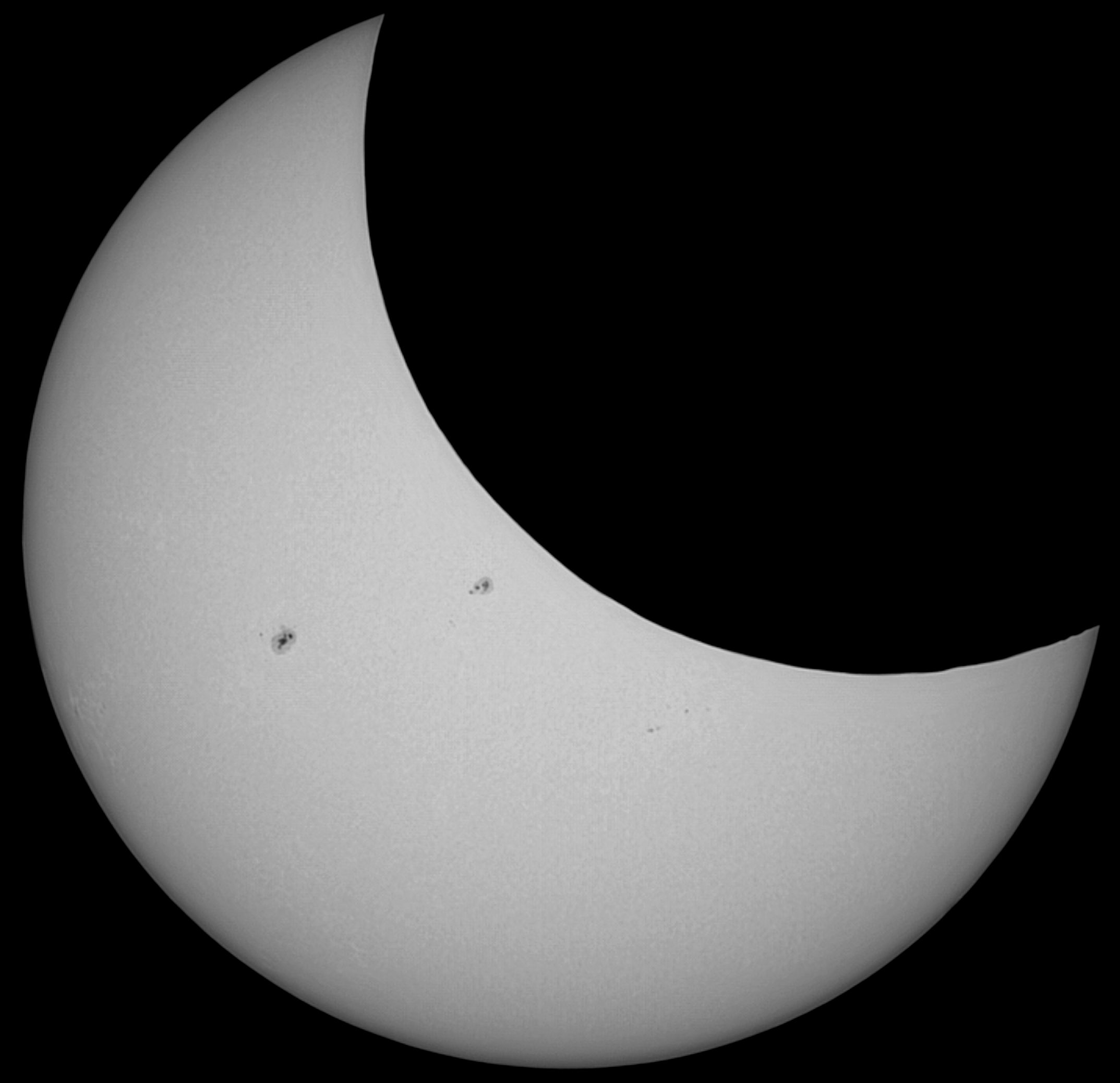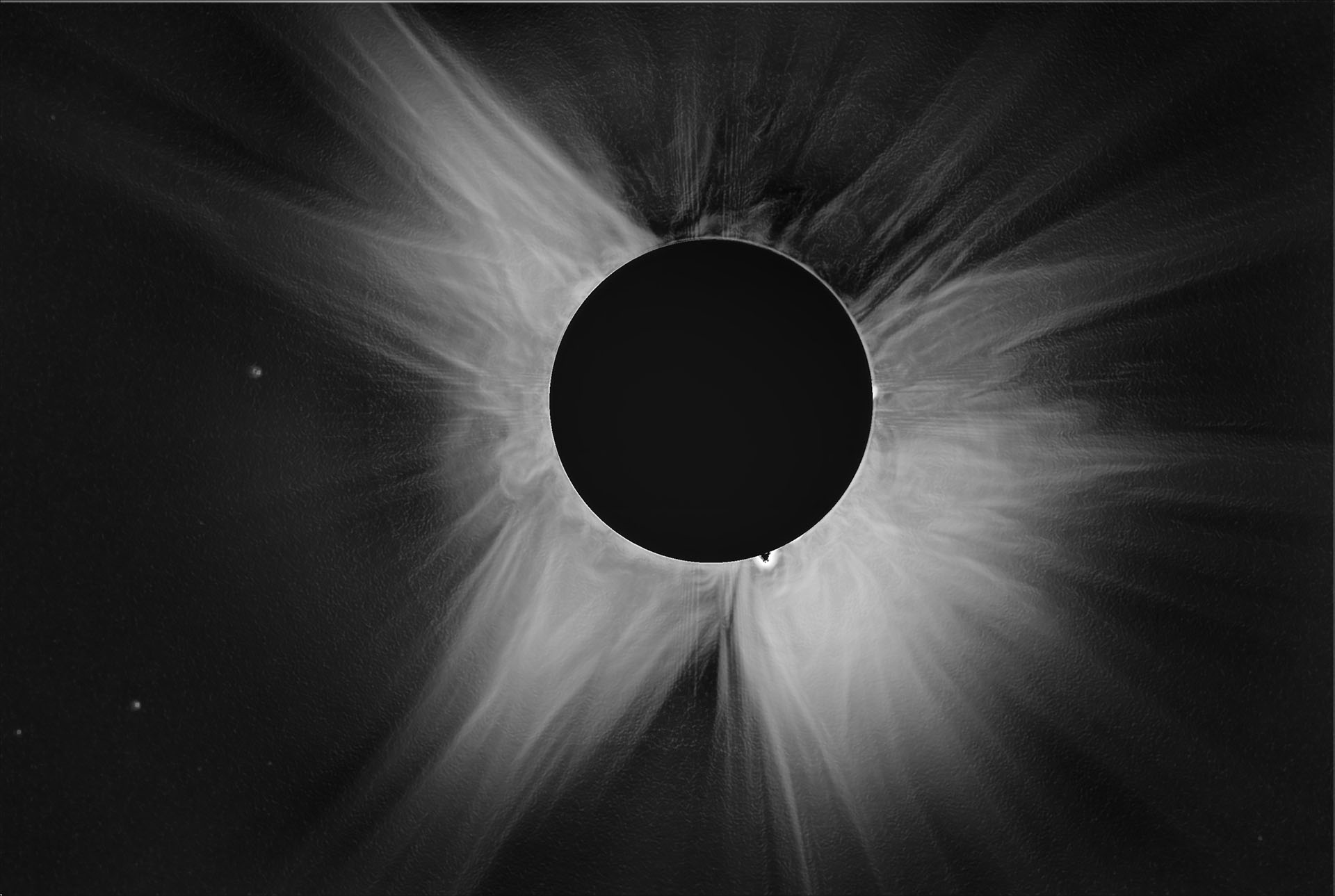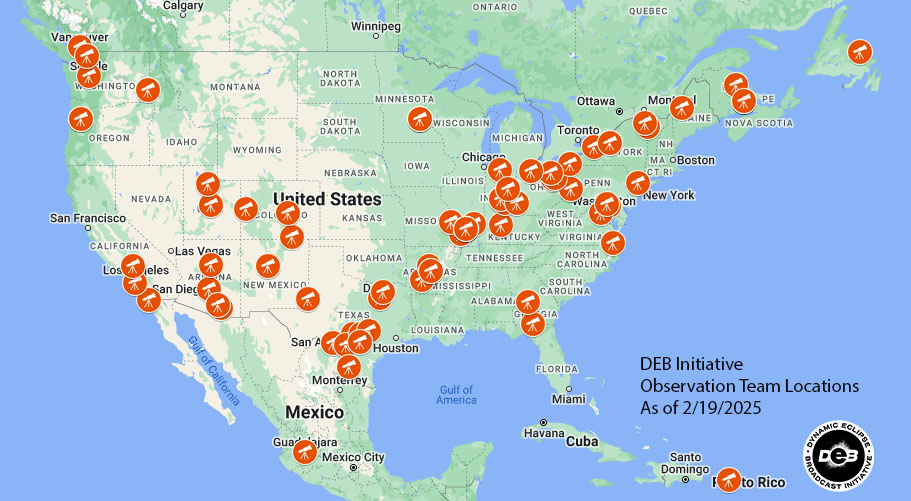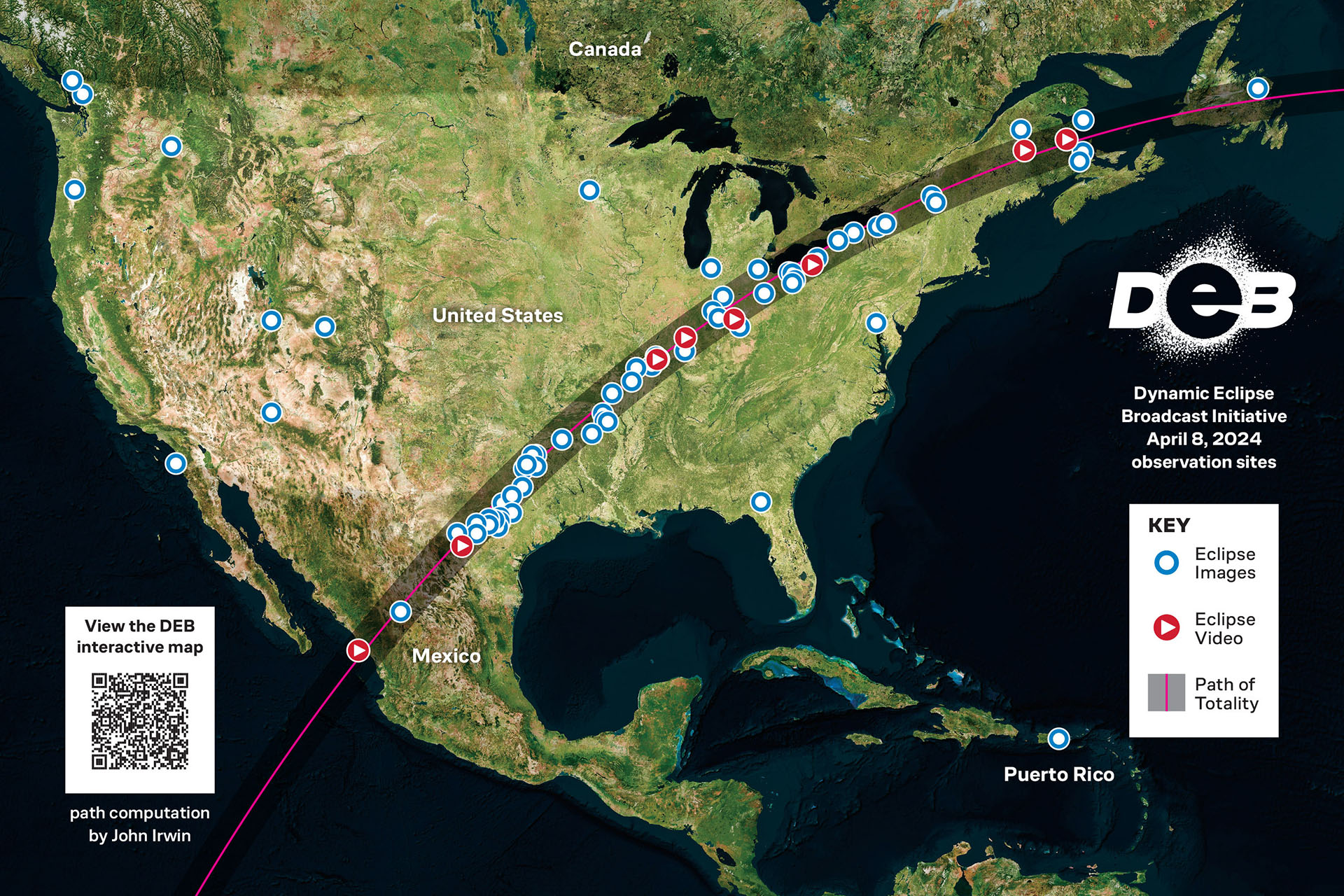What is DEB?
The Dynamic Eclipse Broadcast (DEB) Initiative is a collaborative scientific effort to create a North American network of volunteer citizen scientist solar observation teams that is led by Southern Illinois University Carbondale. Teams receive training and become part of the network that conducted coordinated solar observations leading up to and during the solar eclipses as well as ongoing daily solar observations. All DEB sites upload images to our image server debra.physics.siu.edu while the observation site is active including during practices. Selected observation sites stream live video produced in partnership with SolarSTEAM and NASA EDGE during the total solar eclipses and during outreach events. Inexpensive camera and telescope systems, combined with new data analysis techniques, enable scientifically valuable observations of solar eclipses as well as ongoing daily solar disk observations. DEB will provide context observations for other Coronal observation experiments by showing the evolution of the white light coronal structures and the solar disk during the 90 minutes of totality throughout North America.
Observations will produce scientific results through:
- Coronal observations during the 2027 total solar eclipse.
- Solar and lunar limb observations during the 2023 annular solar eclipse.
- A variety of day and night time follow on projects.
The DEB Initiative produced dynamic coronal images of the 2024 eclipse by equipping 80+ teams along the path of totality. The HDR images that teams capture are being combined into a movie showing coronal evolution and allowing scientific analysis of the Sun’s inner corona in a similar way to our 2017 effort, the Citizen CATE Experiment.
DEB builds on the success of our 2017 Citizen CATE Experiment and includes several improvements. DEB engages groups throughout North America with observations from any location thus removing limitations of geographical location or the ability to travel to the narrow path of totality of a total solar eclipse. Night time follow-on observations are enabled through the use of a GoTo mount to accurately point and track celestial targets. DEB Initiative follow-on projects will feature exoplanet transit observations like those already achieved with CATE volunteers, to which we add variable star and asteroid light curve observations, and climate change relevant atmospheric optical depth measurements from across North America.
DEB is funded by NASA Science Mission Directorate and the National Science foundation. Observation teams receive equipment and training at no cost. DEB utilizes relatively cheap amateur astronomy equipment and standardized software to reduce costs for imaging setups to ~ $1,800. Teams that already have their own adequate laptop or amateur astronomers possessing their own compatible equipment such as a tracking mount can participate at much lower costs.
Where is DEB?
The DEB Initiative has 80+ volunteer observation sites throughout the mainland US, Puerto Rico, Mexico and Canada. See the interactive DEB site map here.
DEB is currently seeking observation teams in Europe and Northern Africa for the 2027 Total Solar Eclipse. For more information reach out to deb.intitative@gmail.com.
Concurrent Deb Observation Sites
Deb Observation Sites During 2024 Total Solar Eclipse
DEB Imagery and Data
DEB takes two types of data, full disk images of the sun, and coronal images during the total solar eclipses. Preview imagery is displayed on debra.physics.siu.edu. Images on this site show the last image taken from a scope whether it is a practice image or in image taken during an event. The imagery is there for our teams to verify their images upload correctly and for the public to observe observations along with us.

DEB solar disk image taken 14 October 2023.
See debra.physics.siu.edu for current solar imagery
Full frame scientific images are of wider field of view and higher resolution.
Coronal Data - Flare Data
Deb Collects high Cadence White Light Coronal data in a FOV of 4×3 Solar Radii overlapping the LASCO CZ Coronagraph and filling in the gap between 1-2 Solar radii in the CZ oscillation disk. Each observation site in the DEB network collects coronal data used to create an HDR movie of coronal evolution during a TSE.
See observation page for more info on DEB data collection, and the Debra for raw image and data collection.

DEB Preliminary Coronal HDR image Site 63, Led by Heidi Schran, Oxford, Ohio
See debra.physics.siu.edu for current solar imagery


